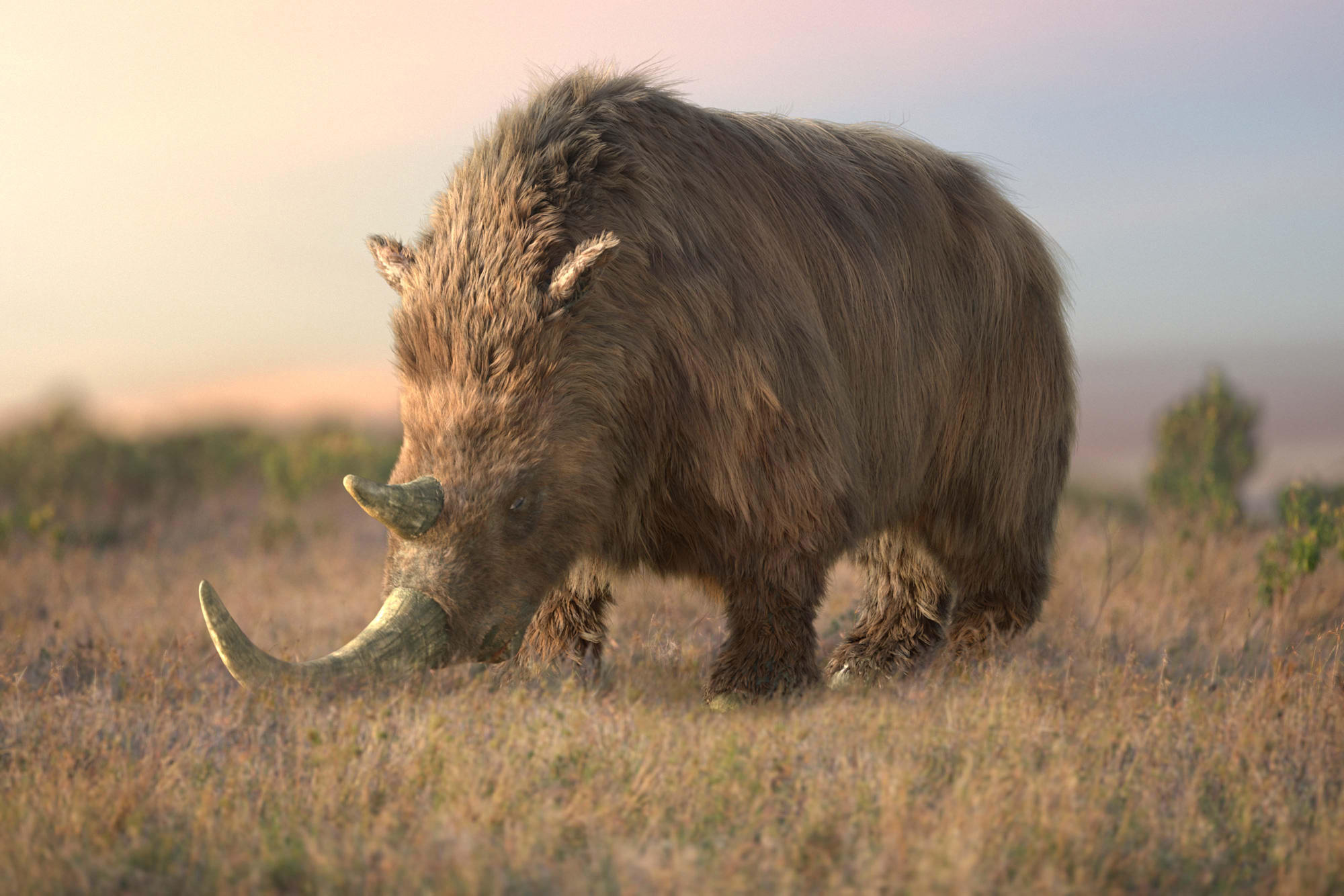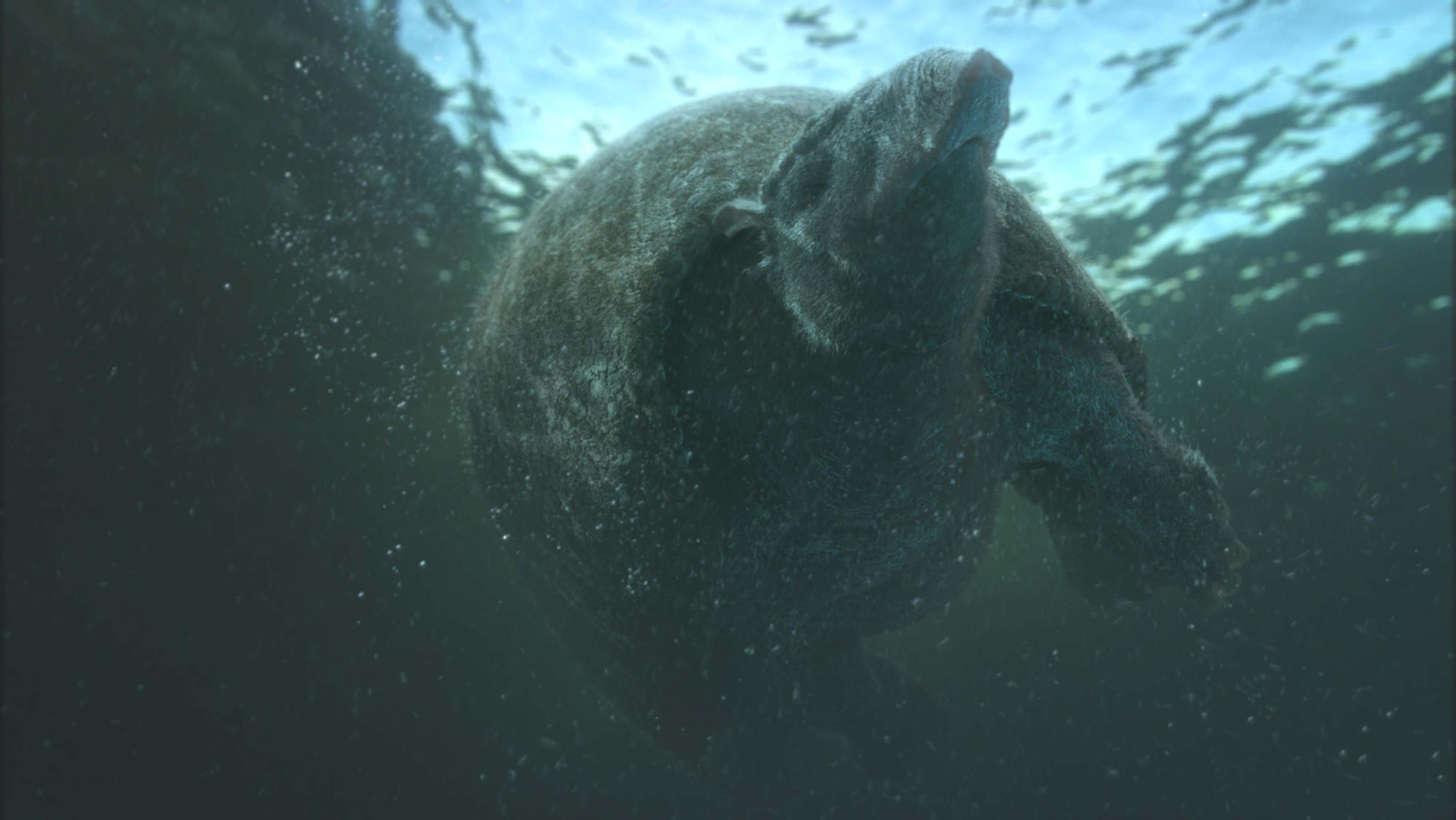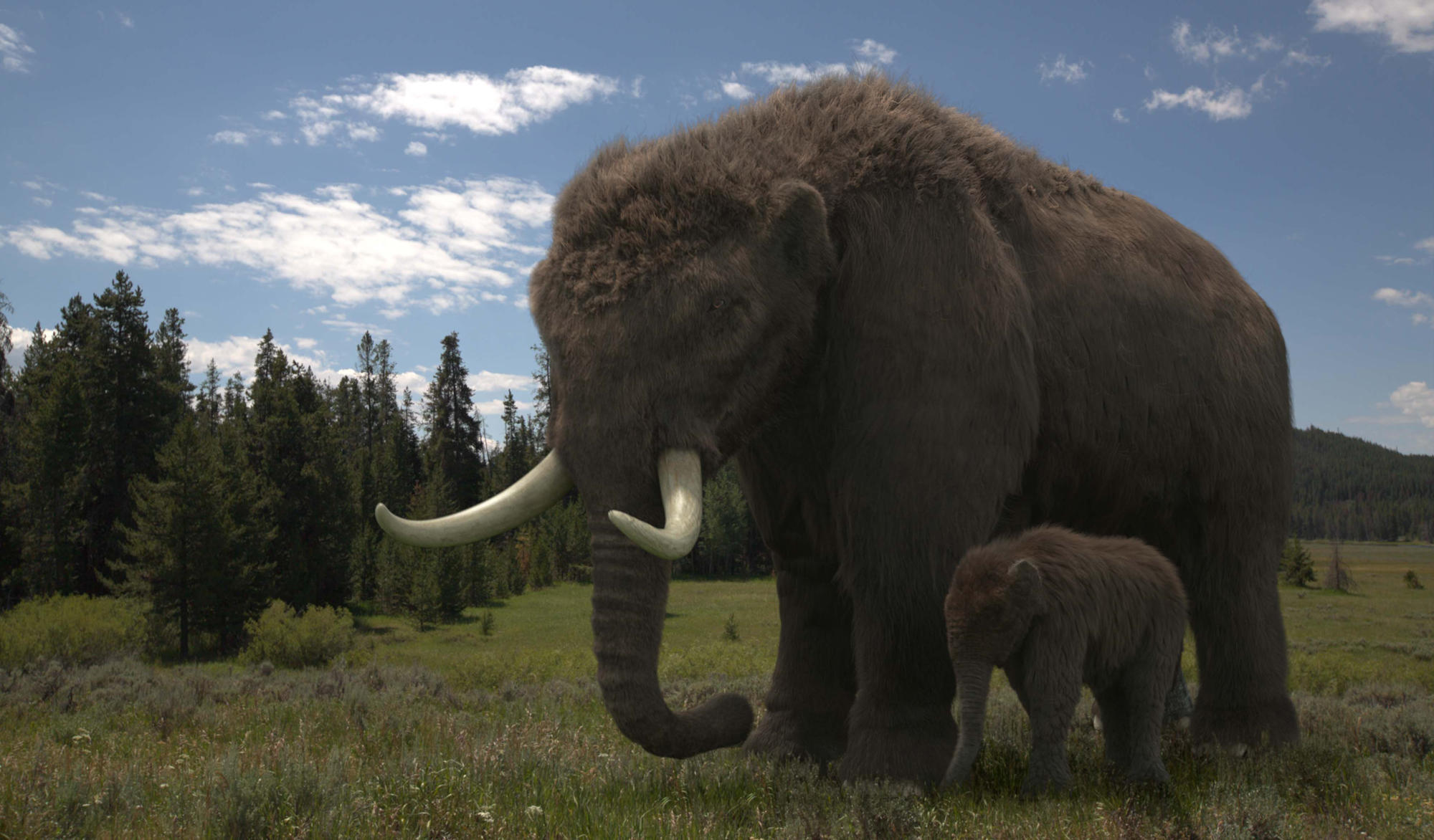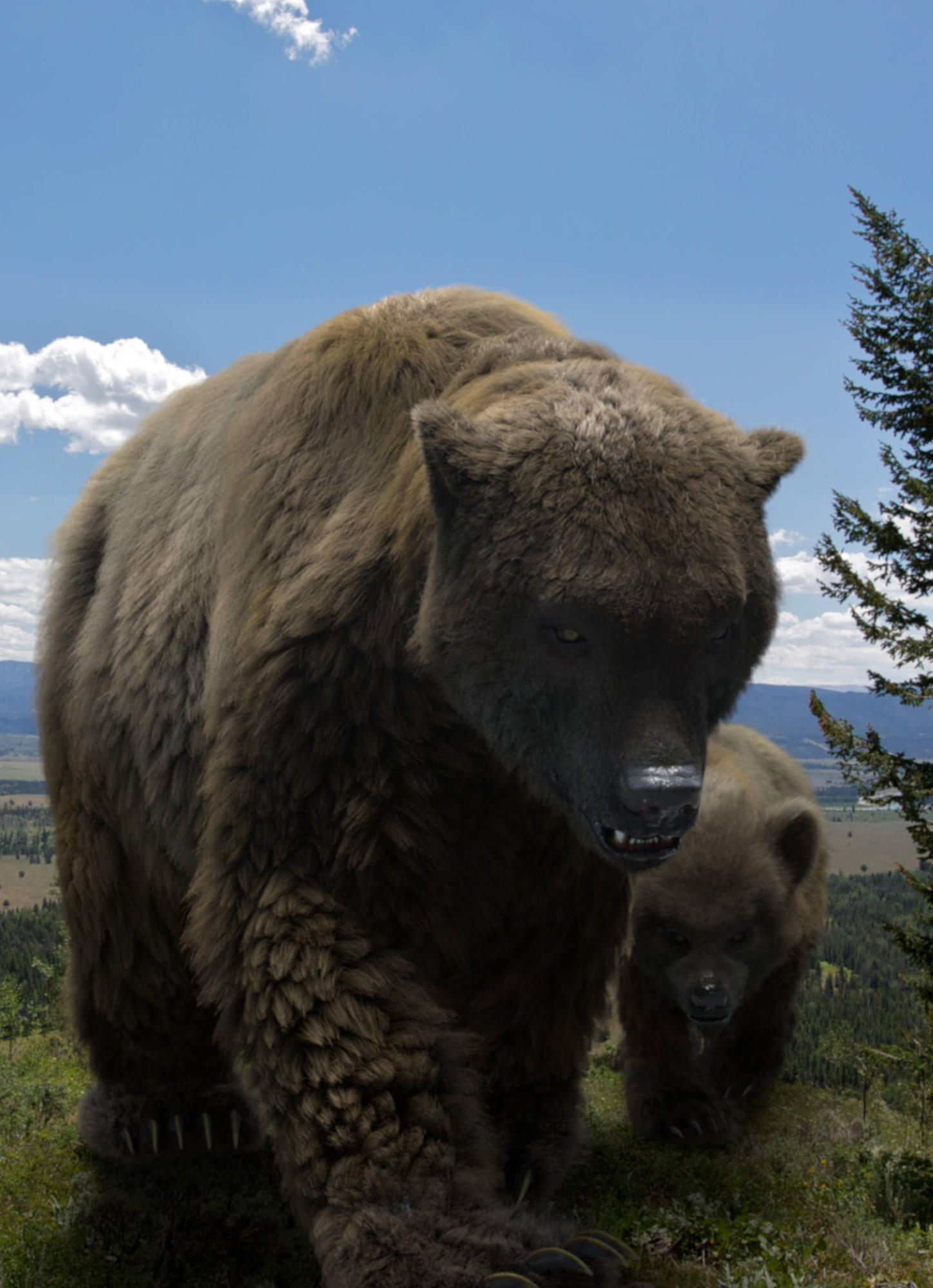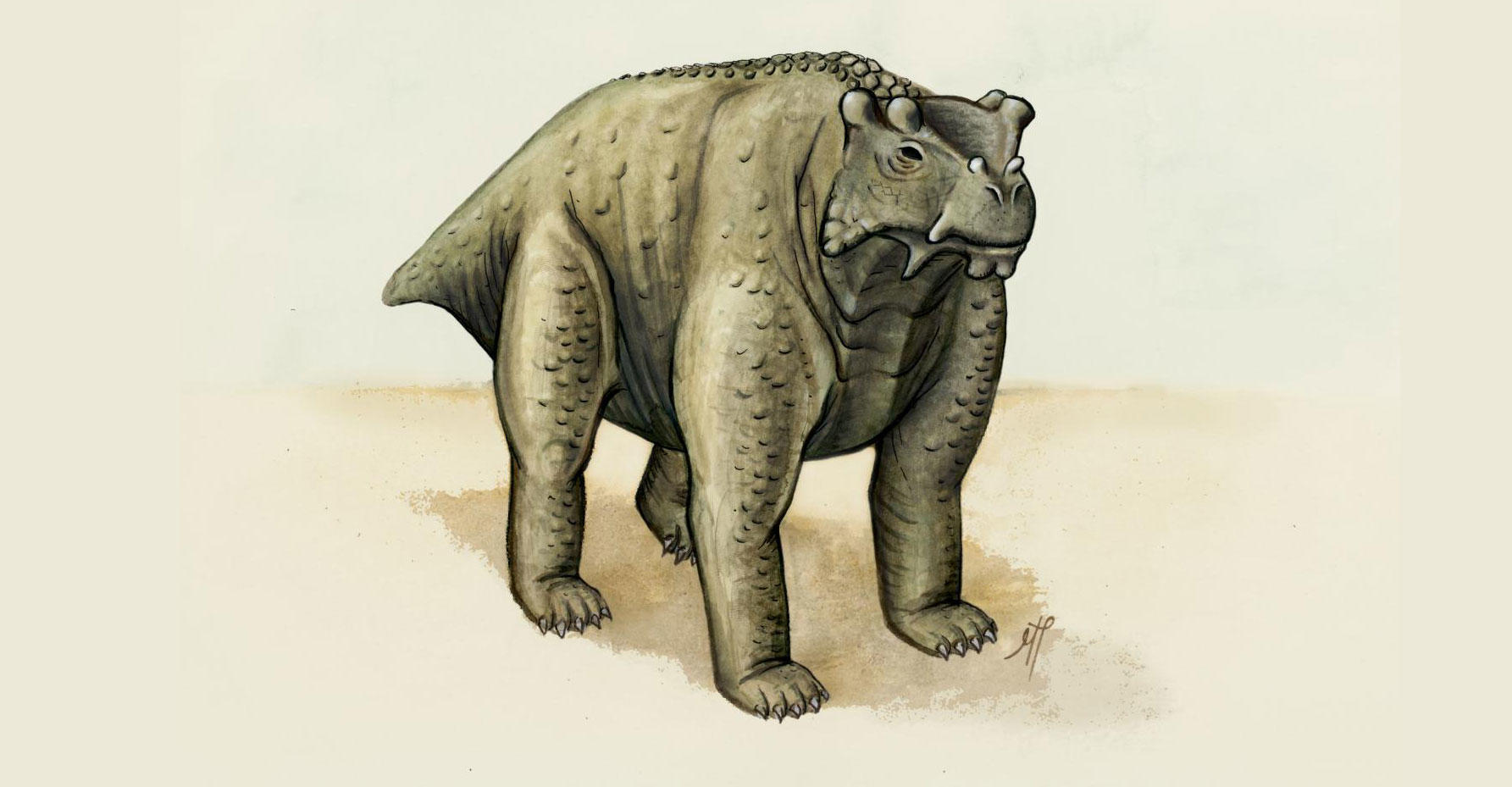by Frank Urquhart
Archaeologists have uncovered the remains
of what could be a member of early Pictish royalty at a dig in the
heart of Aberdeenshire.
The discovery, by experts at Aberdeen and Chester universities, is
one of the first ever made of Pictish remains in the north east of
Scotland and was unearthed on the outskirts of the village of Rhynie - a
site already renowned for its impressive collection of carved Pictish
standing stones.
The pieces of bone were found in a carefully made
sandstone grave which suggests the person buried at the site was of
high status.
Previous digs at Rhynie
have already uncovered rare examples of Mediterranean imports and
intricate metalwork, adding to the growing evidence that the area was
once a Pictish center of power.
Eight Pictish symbol stones have already been found at Rhynie -
including the “Rhynie Man”, a six foot tall boulder carved with a
bearded man carrying an axe which was discovered in 1978, and the “Craw
Stane”, which is thought to have been the center point of an elaborate
fortified settlement of the 5th-6th centuries AD.
The latest
discovery was made during the latest dig by archaeologists involved in
the Rhynie Environs Archaeological Project. And it is the first time
remains of a body have been uncovered at the site.
Dr Gordon
Noble, the project leader from Aberdeen University, explained: “We found
elements of the legs, pelvis and jaw bone which we recovered and are
now analysing in the lab.”
He continued: “It’s extremely rare to
find any human remains from this era in the North east of Scotland as
the soil in this part of the world is so acidic. One of the graves had
been carefully made from split sandstone slabs to create a cist and the
stone lining and collapsed capstones helped to preserve skeletal
material.
“Unlike Anglo-Saxon areas to the south, the tradition in Scotland
was largely for unfurnished burial so we didn’t expect to find rich
grave assemblages.
“The nearby presence of the settlement near the
Craw Stane strongly suggests these may have been burials of high status
individuals and that Rhynie was, like other political centers, a
landscape of power rather than a series of individual sites.”
The
remains are now being studied using radiocarbon and stable isotope
techniques in the hope of establishing a date for the burial.
A
spokesman for Aberdeen University said: “The Pictish heartlands and main
powerbase were long assumed to lie in central Scotland but recent
research has suggested the most cited Pictish kingdom, Fortriu, was
based in the Moray Firth area and as such the northern Picts may have
been major players during this time.
“Shards of medieval imported glass from the west of France were also found near the remains during the latest dig at Rhynie.”
Dr Meggen Gondek, from Chester University, said: “The imports along
with the presence of evidence for fine metalworking, suggest that Rhynie
is a high-status site dating to the early stages of the development of
the post-Roman kingdoms in northern Europe. The 5th-6th century dates
for Rhynie places it in the centuries immediately following the
withdrawal of the Roman army from Britain.”
Dr Noble said the
remains appeared to be those of an adolescent male or female -
“possibly the son or daughter” of a Pictish King.
He explained:
“We probably won’t be able to sex the remains unfortunately, But we
believe they are those of an adolescent in their teenage years. It was
quite a short person in a short cist. He or she could possibly have been
the daughter or son of a Pictish King.
“The people who were
buried in the cemetery were of very high status and probably related to
the lineage of people in control in this area. But at this time period
there were probably many Pictish Kings competing for territory and
power.”
Dr Noble said: “There are a number of burials at the site but the
cist was the only one to have preserved human remains. Other burials
were just dug earth graves and one had traces of a wooden coffin.
“But
the cist is in a classic Pictish burial monument with a cist grave
surrounded by a square barrow. They would have had earthen mounds over
the top of them.”
He added: “Unfortunately the Picts did not bury
their dead with grave goods, unlike the Anglo Saxons. Here we have rely
on context and the context is that this cemetery seems to be associated
with a settlement to the south around the Craw Stane where we have found
a fortified settlement dating to the 5th and 6th centuries AD.
“And
the finds from that site are quite exceptional - buildings and pottery
imported from the Mediterranean probably for storing wine and fragments
of glass vessels from France for drinking the wine. The place name
Rhynie also means ‘a very royal place.’
“So everything points to the fact that this was very high status, probably early Royal center of the Picts.”





















